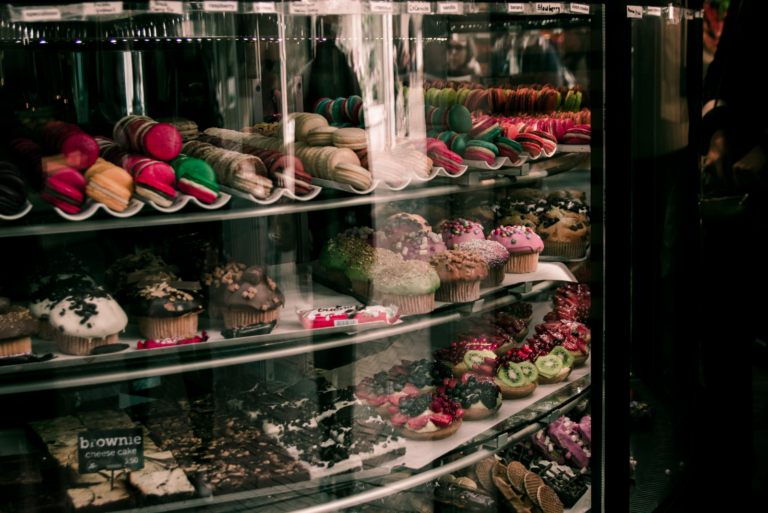HOUSTON — The generational differences between Gen Alpha, Gen Z, millennials, Gen X and baby boomers are often a hot topic of conversation. When it comes to food, there are differences in shopping behaviors, flavor preferences, eating occasions and consumption patterns. Yet, food is nothing if not a universal language, so for all the documented differences, these generations also unite behind a few current consumer trends.
During the International Dairy Deli Bakery Association (IDDBA)’s 2024 annual conference, held June 9-11 in Houston, Megan Lynberg, VP of sales for Datassential, took to the What’s in Store Live stage to discuss how generational trends are shaping the US food landscape.
The digital native impact
Millennials, Gen Z and Gen Alpha are digital natives, meaning that unlike Gen X and boomers, they’ve never known a world without smartphones. Their interactions with brands, foods and flavors are more likely to be through platforms such as YouTube, TikTok and in-game ads than television and print ads.
“They’re just exposed to brands in completely different ways than Gen X and boomers ever were, and it creates new opportunities,” Lynberg said.
However, growing up in a recession has made millennials more price- and value-driven than other generations.
“As foodservice and retail think about unique foods and flavors and think about what we’re seeing in the restaurant industry right now with pricing, it certainly has an impact on millennials,” Lynberg noted. “They are also likely to have kids at home, so they’re a little bit more aware of family friendly foods and activities and experiences, and they’re certainly drawn more to that.”
Gen Z, on the other hand, presents new opportunities for foodservice, grocery retail and c-stores by elevating the dining out experience with unique menu items or stocking shelves with snacks that provide flavorful eating options, along with convenient ways to access them.









